Portrait Drawing
Release date:2021
Author:David Jamieson
Skill level:Beginner
Language:English
Exercise files:Yes
A Clear, Step-by-Step Method for Drawing Beautiful, Life-Like Portraits.
If you’ve ever tried to draw a portrait, you already know that it’s difficult. To get the results you want, there are so many things that have to be done correctly that it can seem overwhelming. When you see beautiful portraits by others, they often seem like magic, and can leave you wondering how did they do that?
I’m not here to tell you that portrait drawing isn’t hard. It is. It’s one of the hardest things you can attempt – right up there with learning to play an instrument or speak a new language.
But I am here to tell you that successful portraits are the product of a sound method. Good results come from good decisions. Good decisions come in part from knowing what to do, what to look for, and in what sequence. That knowledge is what a good drawing method can provide, which is what I teach my students.
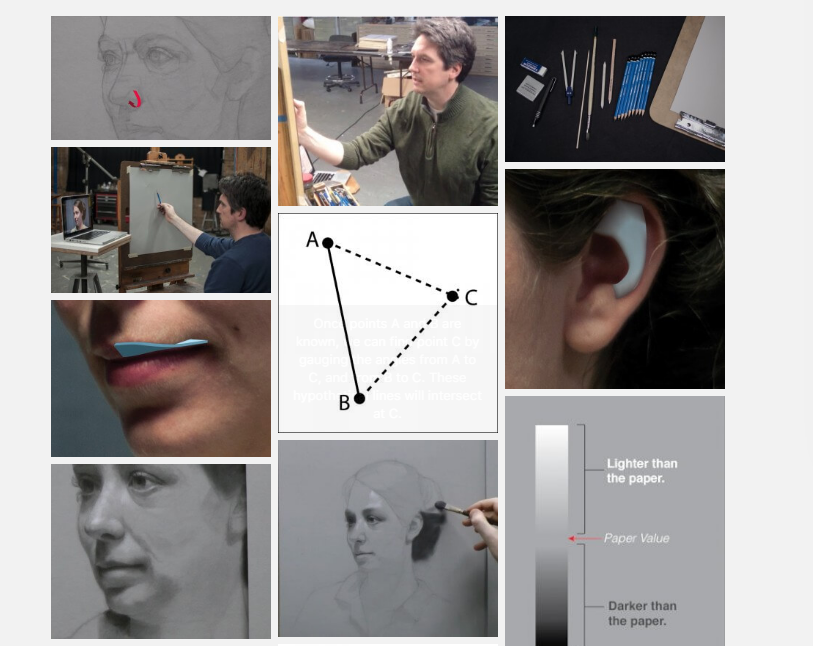
What You’ll Learn in Portrait Drawing – The Online Course
A sequential method for drawing that works for drawing anything – not just portraits.
Methods of measuring and sighting that help you understand the proportions of your subject and help you identify and solve problems.
Details about the drawing materials I use and why.
How to use “squinting” to understand the value relationships on your subject and in your drawing.
How to capture subtle curvature easily and accurately.
How to draw natural-looking facial features through understanding the major structural characteristics of the eyes, ears, nose and mouth.
How to use value progressions to capture the effect of the light and make a portrait appear 3-dimensional.



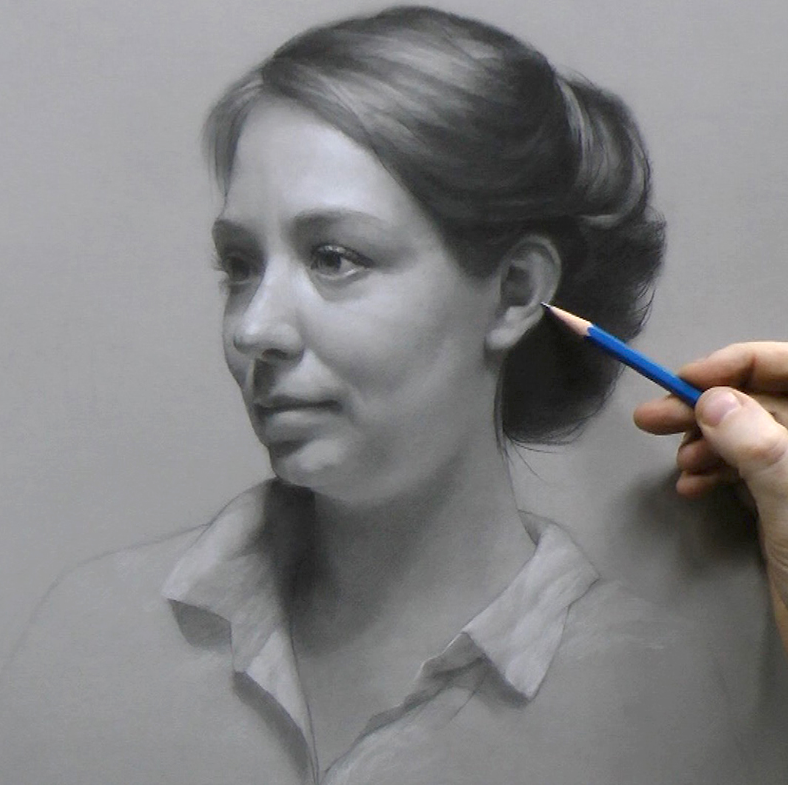

 Channel
Channel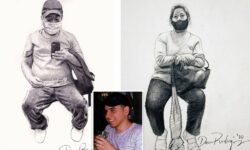

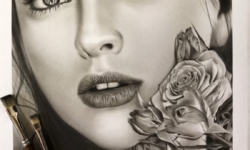

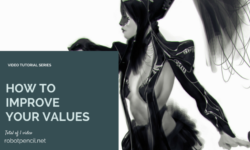


Missing lessons 3-5?
They are not so important.
Best regards
El brayan
https://www.flyonthewall.studio/courses/fotw-aug-2020 Please
3,4&5 lessons are PDF
Thanks!!!
It’s a very good course, but the video quality is really low 🙁
There are no videos here.